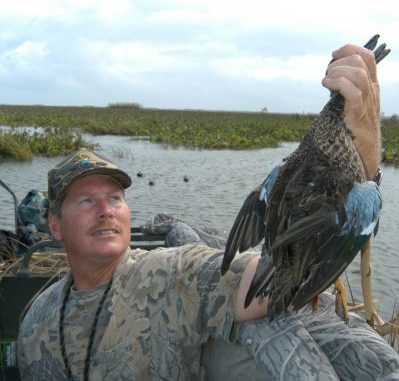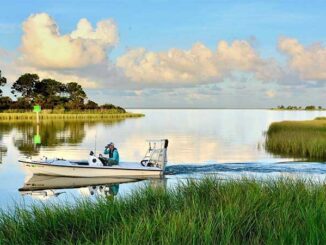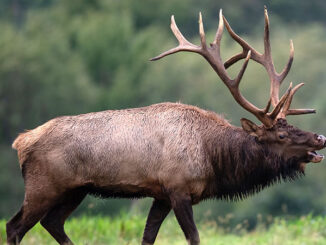
USFWS says birds still 33 percent above the long-term average.
Despite an across-the-board decrease that biologists call insignificant, the annual count of duck populations has plenty of good news for waterfowl hunters. The U.S. Fish & Wildlife Service released its number from the 2013 Trends in Duck Breeding Populations from surveys taken in April and May across the production grounds of the upper Midwest and Canada. The surveyed area produced 45.6 million ducks.
The bad news: That’s 6 percent lower than 2012’s 48.6 million.
The good news: It’s 33 percent higher than the long-term average (LTA).
It is the second figure, the comparison to counts from 1955 to 2012, that is encouraging. While only two of the top 10 species show increases over last year, eight species are above the LTA and seven are significantly higher.
“This spring saw abundant moisture in much of the heart of North America’s most important duck breeding areas,” said Ducks Unlimited chief scientist Dale Humburg. “That bodes well for duck breeding success this summer and hopefully, for hunting this fall.”
Surprisingly, the decrease in ducks over the past year came despite an increase in breeding habitat. The pond count for the U.S. and Canada found 6.9 million ponds, 24 percent higher than 2012 and 35 percent above the LTA.
Humburg suggested that the late-arriving spring may have led to the slight decrease in ducks.
“This year we also experienced very late winter conditions across much of the United States and Canada,” said Humburg. “These conditions delayed the arrival of some ducks on their traditional breeding grounds and may have impacted breeding and nesting success.”
With only the slight decrease, the numbers support liberal frameworks within the Adoptive Harvest Management program. Over the next month and a half, the USF&WS will set the frameworks by which states can select their 2013-14 waterfowl seasons.
Mississippi should expect a 60-day season with a 6-duck daily bag limit that should be similar to the 2012-13 season in respect to how many of each species can be taken.
Mallards, the most popular duck with hunters and the species that plays the key role in frameworks, fell two percent to 10.37 million. That’s still 36 percent above the LTA.
Gadwall, another bird popular with Mississippi hunters, fell seven percent to 3.35 million, but that remains a whopping 80 percent above the LTA.
Populations for both the blue-winged and green-winged teal fell. Blues were down 16 percent to 7.73 million, but remain 60 percent above the LTA. Earlier this month, the USF&WS increased the daily bag limit on blue-winged teal from four to six for the 16-day September season.
Green-wings, which are more abundant in the regular duck season, were down 12 percent to 3.05 million but are still 60 percent above the LTA.
Hunters can expect limited opportunities for pintail and scaup, the two species that remain below the LTA. Pintails fell four percent from last year, which is considered an insignificant drop, but they are 17 percent below the LTA. Scaup are also 17 percent below the LTA, after a 20-percent drop over the year to 4.16 million.
% change % change
Species 2013 2012 from 2012 from LTA
Mallard 10.372 10.602 -2* +36
Gadwall 3.351 3.586 -7* +80
Wigeon 2.644 2.145 +23 +2*
GW Teal 3.053 3.471 -12* +51
BW Teal 7.732 9.242 -16 +60
Shoveler 4.751 5.018 -5* +96
Pintail 3.335 3.473 -4* -17
Redhead 1.202 1.270 -5* +76
Canvasback .787 .760 +4* +37
Scaup 4.166 5.239 -20 -17
Total ducks 45.607 48.575 -6 +33
May ponds 6.892 5.544 +24 +35
Numbers in millions.
LTA-Long Term Average.
*-No significant change.

